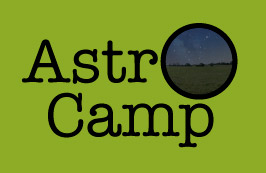Giancarlo Pace
Format: 10 classes of 90 minutes each
Schedule:
I. (August 11, 9am, Lecture)
Telescopes, CCDs and astronomical filter systems; basic definitions (e.g. apparent and absolute magnitude, color, surface brightness); The MOnitoring NEtwork of Telescopes (MONET).
II. (August 12, 9am, Lecture)
Gravitational Lensing (principles, strong lensing, weak lensing and its application on studies of the mass (and Dark Matter) distribution in e.g. galaxy clusters, examples of ray tracing models).
III. (August 14, 9am, Lecture)
Galaxies in the nearby Universe: the Hubble sequence; general properties of galaxies (colors, gas content, surface brightness profiles and galaxy fitting laws, bulge/disk ratio).
IV. (August 15, 7am, Observing run)
Participation in monitoring campaign of the Galactic bulge with the goal of discovering microlensing events. Acquisition of dithered exposures of the Galactic bulge with MONET North (Texas).
V. (August 15, 9am, Data reduction)
Reduction of Galactic bulge images and visualization of the results with ImageJ. Post-processing of the data using the ESO MIDAS package and comparison with images previously taken in the microlensing campaign. Report of possible new microlensing events to the MONET collaboration.
VI. (August 18, 7am, Observing run)
Acquisition of several dithered images for an Elliptical and a Lenticular (S0) nearby galaxy with the MONET telescope in Texas.
VII. (August 19, 9am, Data reduction)
Reduction (bias and flat field correction, imaging stacking) of the galaxy images, derivation and fitting of surface brightness profiles. Determination of the Sérsic Index and the bulge/disk ratio.
VIII. (August 20, 9am, Lecture)
Star formation and galaxy evolution: Hertzsprung-Russell diagram, color-magnitude diagram; star formation history of Hubble-type galaxies; color evolution as a function of SFH (demonstration of predictions from evolutionary synthesis models), starburst activity in interacting galaxies.
IX. (August 21, 7am, Observing run)
Observations of interacting/merging starburst galaxies in two filters with the MONET - Texas.
X. (August 21, 9am, Data reduction)
Reduction of the imaging data for starburst galaxies, computation of color maps and radial color profiles (using scripts in MIDAS). Estimation of the age of the starburst based on the observed colors.
Evaluation: Format to be confirmed.


